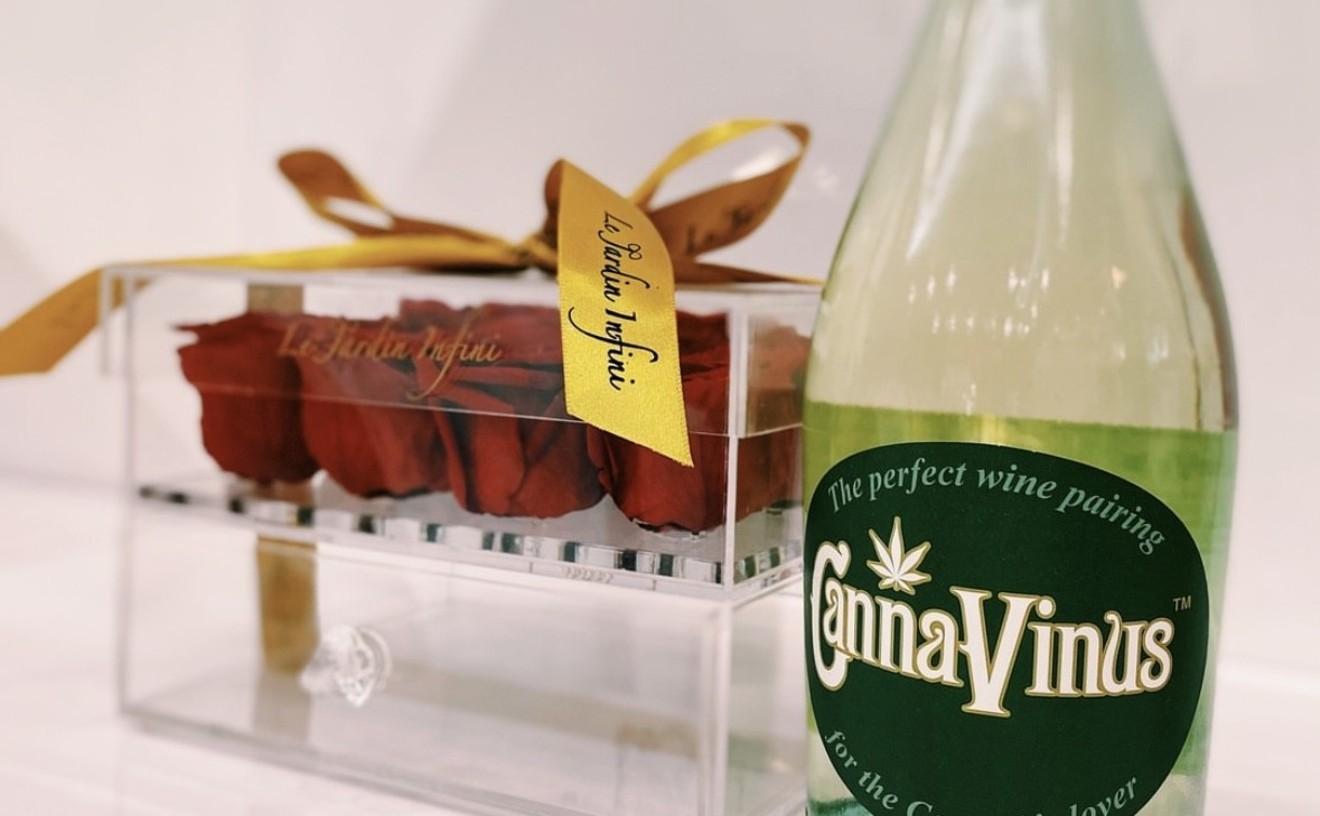I'm going to wrap up this short little porthole into Costa Rican cuisine talking a little bit about everything -- probably in a very rambling, tangential sort of way. Just a fair warning.
Native fruit is definitely one of the more unique aspects of eating in Costa Rica. You've got your average tropical fair, of course, including bananas and oranges and mangos and guayaba (guava). but then you've got oddities like this:
That disgusting looking spewdum of goo and seeds is a granadilla, and it's perhaps one of the most nectary-sweet, delicious fruits you're going to find in Costa Rica. Yes, it feels like half-melted Jello in your mouth; like the forest's answer to raw quail egg. But there is something faintly, well...erotic about supping on the life-giving goo within the fruit. Obviously someone else thought so too: the granadilla is just one very-ugly-but-tasty variety of what's referred to as passiflora ligularis, or passion fruit.
Jump for more...
On the right here is some Costa Rican papaya, which we ate almost every morning with breakfast. This variety isn't really too sweet; rather it has sort of a gamey pungency. I ate it with bites of pineapple or watermelon, but I didn't like it too much on its own.
Here's a lemon served with a piece of fish at a soda; only it's not exactly an ordinary lemon. It was like a cross between a lemon and a tangerine, slightly sweet but mostly very sour. I didn't get an exact answer on the variety, but I think what we're dealing with is a Panama orange, popularly known as a calamondin in Asia.
We also ate a bit of carambola, or star fruit. The variety in Costa Rica is shockingly sour. Remember Warheads? Yeah, like that. I could only eat it in small bites or mixed in with sweeter fruit or even bananas.
You didn't only have to eat your fruit in whole form. Batidos, a sort of fruit-infused milk shake, were very popular all across Costa Rica. Miamians have probably had the Cuban version of the drink, which is largely the same. It's basically ice, fruit, and lots of milk, blended until smooth and frothy. They're extremely refreshing on a hot day. This one is a guava batido... hard to tell, eh?
Of course this isn't fruit at all... but I was just talking about refreshing, and nothing refreshes like some Costa Rican cerveza. My favorite, not pictured because I was always too drunk to remember to take pictures of it, is Imperial. But Pilsen is nice too - basically, Costa Rican beers are mostly crisp, light lagers similar to dozens of other Central and South American lagers. If Bud or Miller or any other crap American lager were half as crisp and tasty and light as these beers we'd be in better shape.
A little bit more about sodas:
I just wanted to take a brief moment to elaborate on the soda, Costa Rico's answer to the food counter. These small restaurants are the backbone of Costa Rican cuisine. They're not fancy and they're not necessarily creative. They are, however, where hard-working people eat every day. Where a huge plate of comforting, home-cooked food will cost you only a couple thousand colones or less. (Under $4) But the most interesting aspect about the sodas to me was not just how many thousands are scattered across the countryside, doing very much the same thing in close proximity to each other yet still retaining a loyal and vibrant customer base, but how much pride the folks manning them were.
Every soda I went to was spotless. The workers - almost exclusively women - wore bright, clean clothes and tucked their hair away in cute, white caps. This might be simple, cheap food, but it's their food. The small sample of sodas I experienced made me wonder about our American equivalents, the ethnic eateries that dot strip malls across South Florida, and why many white Americans are almost afraid to check them out. It really gave me a renewed sense of vigor to dive into our little "sodas" and find out just how proud our immigrants are to be bringing the foods of their homelands to us.
/off soapbox
Pura vida, folks! Thanks for reading. I'll leave you with a few pics of Costa Rica's breathless landscape. (Click for larger versions)
-- John Linn










